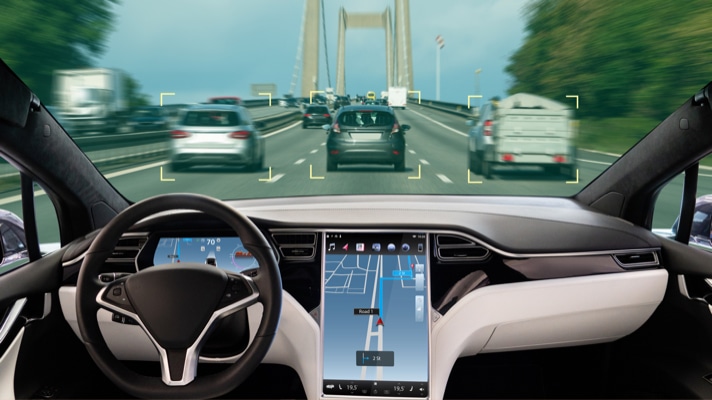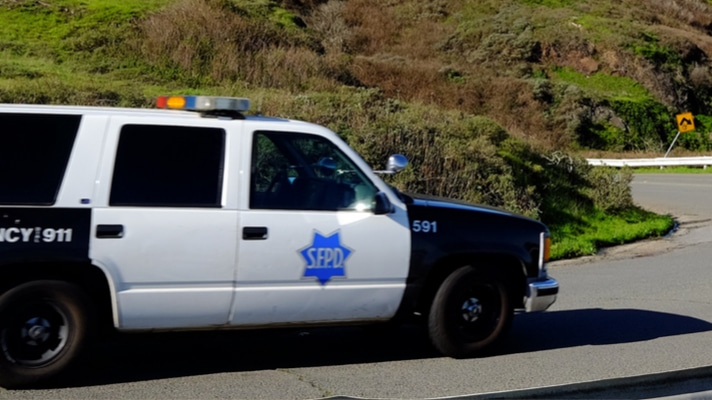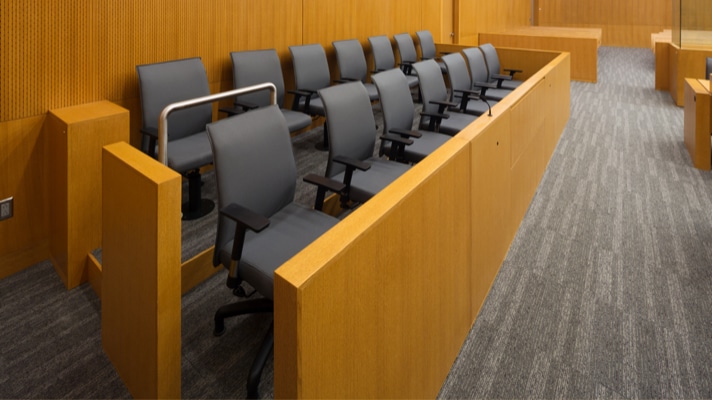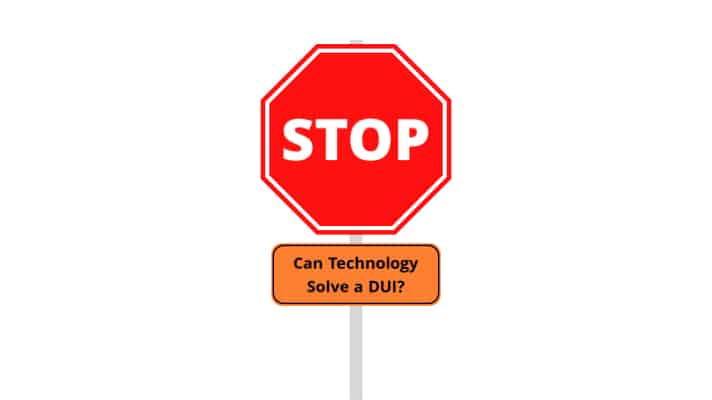Who is Responsible for collisions involving driverless vehicles using AI?
Written By Chris Dolan and Cioffi Remmer This week’s question comes from Leo from San Francisco, who asks: Now that self-driving cars are becoming a reality, who bears the responsibility for collisions involving driverless vehicles? Are there any laws protecting citizens? Dear Leo, Driverless cars, indeed, are becoming a reality. Over the last few years, …
Who is Responsible for collisions involving driverless vehicles using AI? Read More »





